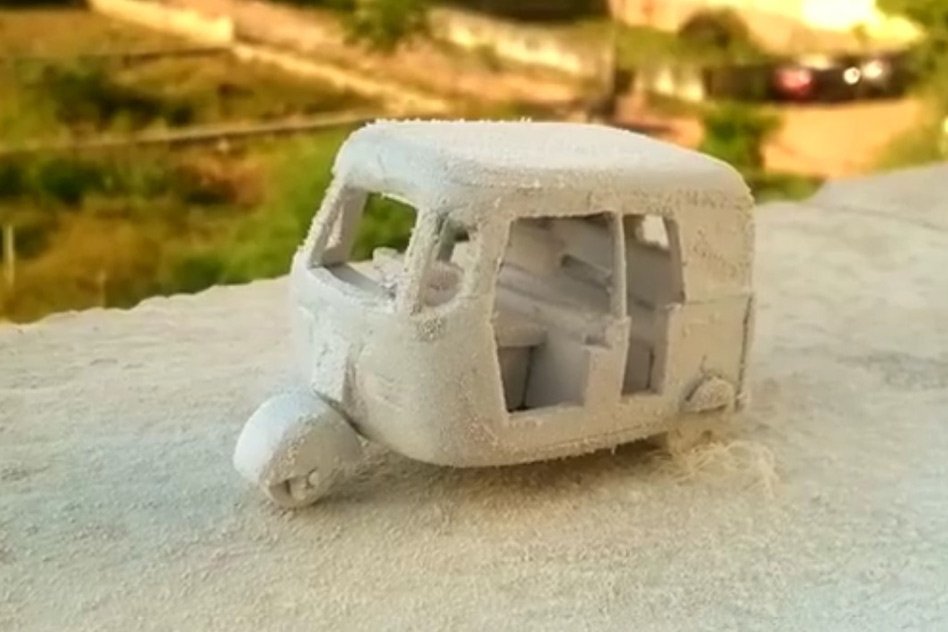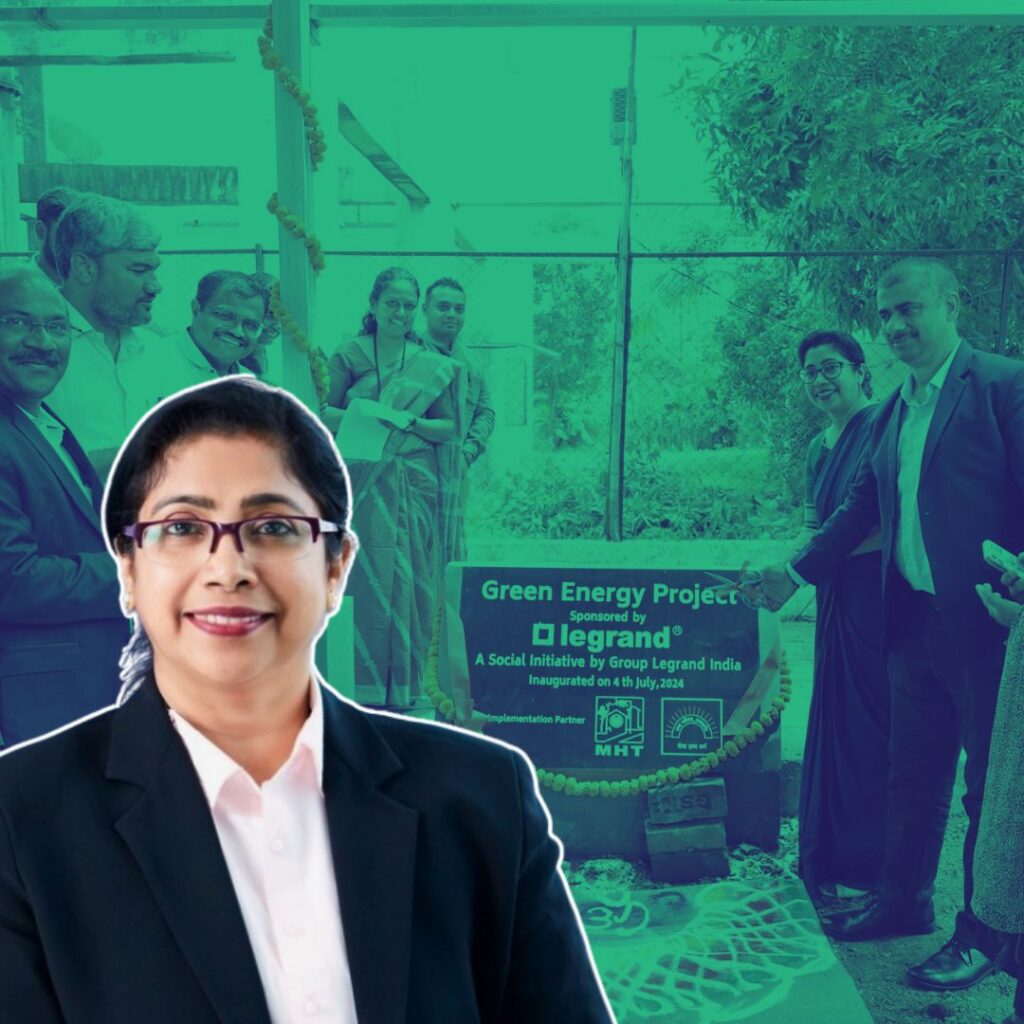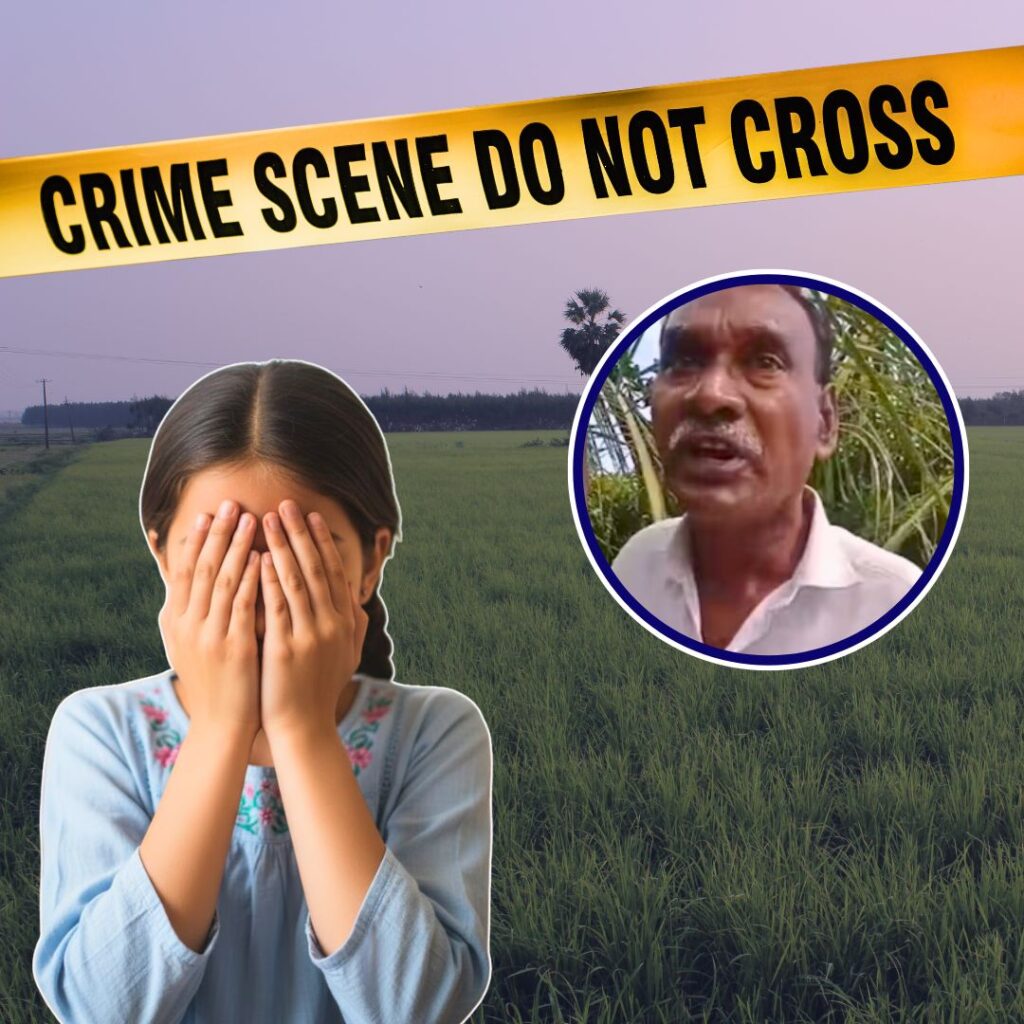We came across this creative piece by Stayzilla which has already been viewed more than 4 Million times! (You can checkout the making of the video at the end of the above video). The video is about opening up to the new place, new peoples, new cultures, new stay experiences without leaving our roots.The video is encouraging people to Open Up their homes, surpass geographical barriers, welcome diverse cultures and experiences into their homes, because bonding knows no language, religion or region.
Stop motion arts are rarely used as it consumes a lot of time and effort! We were curious to know what it actually takes to make a stop motion video! So we got in touch with the creative minds behind this project to explore more details which could answer our curiosity. We are also sharing the same with you as we believe a lot of creative aspirants would be interested.
1. Looking at its overall complexity, why did you choose to go with stop motion?
Since the product is very new to India we thought a new medium will work well and the recall value will be high. Stop motion animation is a tedious and very time consuming process. Since its a very less traveled route, we decided to take it even though its complex.
2. Please give an overview of the whole process?
What motion camera does is it captures images at 24 frames / second. What stop motion does is it breaks down what a motion camera does and makes it happen with still Photographs so you shoot 24 frames individually to make one second of the video. So in the scene where the car is moving toward the camera, we capture one image, then move the elements a little and then capture the next image. 24 such frames put in succession to make a second of the video.
3. What were the major challenges faced?
Depending on the elements in the frame we need an algorithm for the movement of each element.
For e.g. when the car is moving towards the camera, there are windmills running and camels walking behind the car. Here, each camel has its own walk pace. They have to move one leg very four frames and the car has to move every 2nd frame and the fan has to move very third frame and each fan will move at diff pace and diff timing and then the camera also move one frame at a time. So, when you calculate it becomes tricky but we need to keep a track of it to make the movement easy. But if something goes wrong you need to go back and shoot the whole frame.
Another challenge was that the characters didn’t have any face, expressions or features, no eyes, nose mouth so it was challenging and interesting to bring out the emotions out of these characters.
4. Your crew consisted of how many members & how many days it took to complete the project?
Interesting part of this crew is that not one person in this film has done stop motion before. So we were discovering most of it as we did it! We shot for 16 days, where it took 6 hours to only set up and in one go we could only shoot 2-3 secs due to the complications and precision of our film technique with a small crew 9 people almost.

5. What was the most critical part of the whole film?
The Voice over was the most important part of the film because it conveys the message directly. We didn’t want a typical VO artist. After approaching many voices I approached Gautam Menon. We wanted a voice that doesn’t just reflect the sound but the thoughts too.
6. Tell us few of the exciting moments you had during the shoot –
We enjoyed almost everything throughout the process. Everyone had a major and unique role to play.
Art Direction
Everything was designed to scale. An entire new world was created around the characters and w.r.t their size. Sets was designed by Nindan with great attention to detail.
Edits On Set
Satyaraj the editor of the film was on the set. After shooting he would assemble all the shots and see if it was flowing smoothly, if not we had to shoot it all over again!
Sound Effects
We recorded the voices for characters so that they become more real, then returned them and reversed them to make them seem more interesting. When all these were put to place, it turned out so well.
Colour Correction
The colourist for the film is Bajali Gopal. We realized that the colours could be slightly more enhanced to give it an edge and take the film a little away from the real zone.
7. Which softwares were used during post production?
AVID and After effects.
We appreciate the creative masterminds for all their efforts and congratulations for the successful campaign. We hope this conversation will inspire many aspiring young creative artists.











